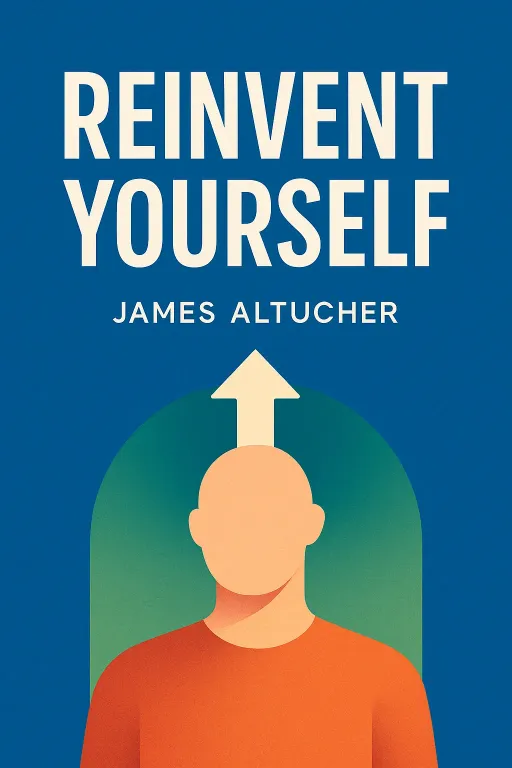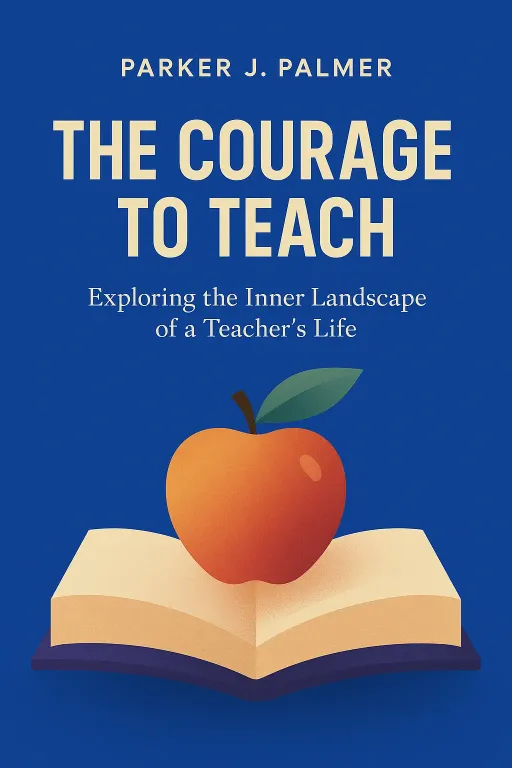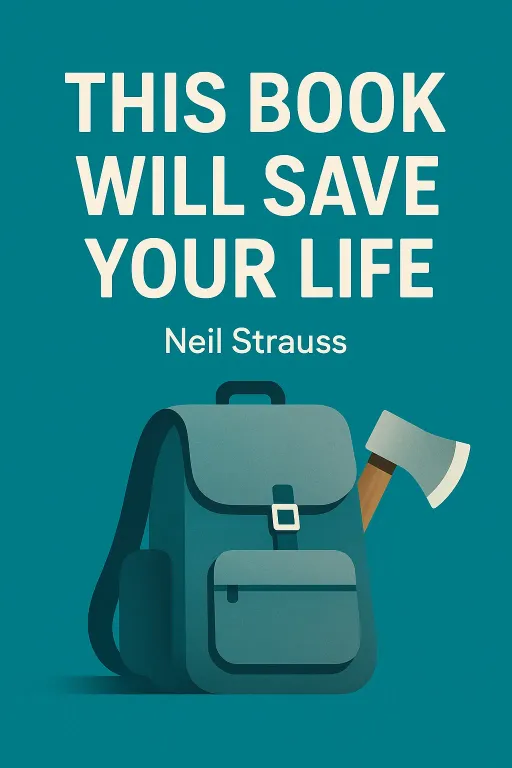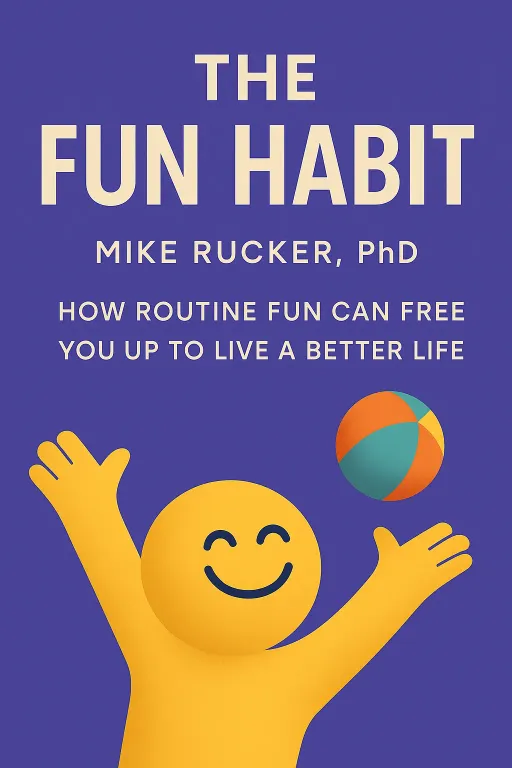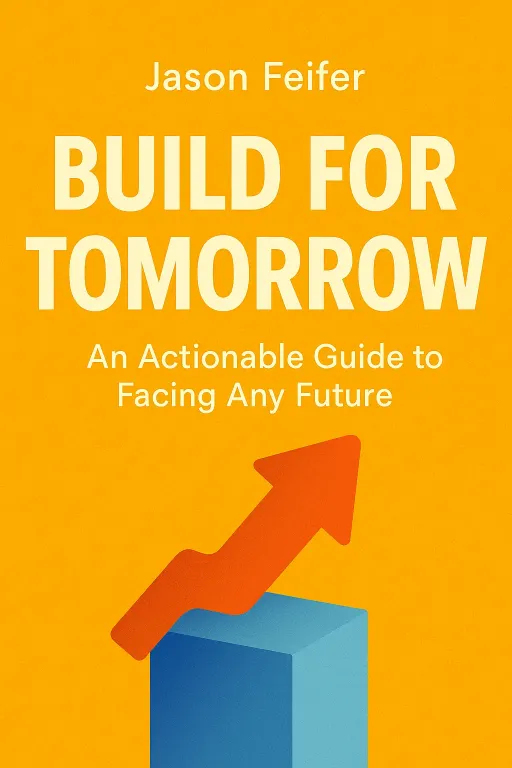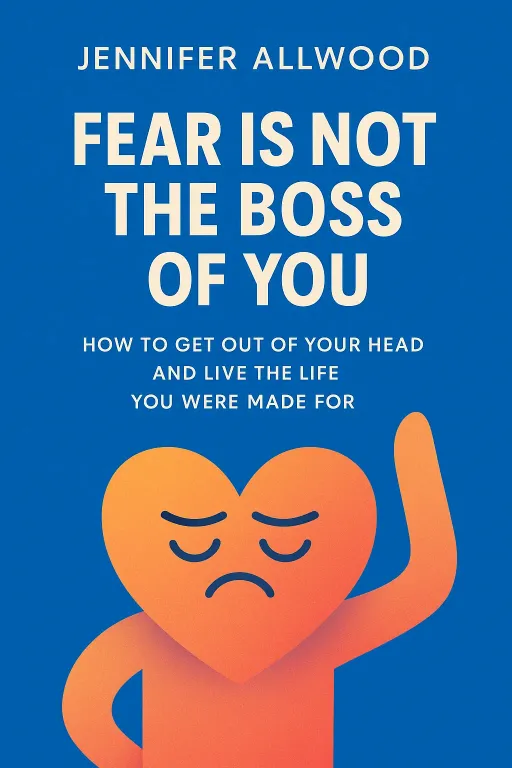
** The Architect's Mind: Four Frameworks for Hacking Reality
11 minGolden Hook & Introduction
SECTION
Orion: Imagine you've spent months analyzing user data. You've built the perfect feature for your "average user"—the one your charts and graphs say represents the majority. You launch. And... it flops. Why? Why does our rational, data-driven world so often fail to predict real human behavior?
Orion: Today, we're exploring a powerful answer from Ben Taylor's book, "Four Ways of Thinking." It offers a new toolkit for deconstructing reality, and with me is Zeyang, a product manager who lives at the very intersection of data and human behavior. Welcome, Zeyang.
Zeyang: Thanks for having me, Orion. And that opening hits close to home. The gap between aggregate data and individual user reality is something we grapple with every single day in the tech world. It’s the central challenge.
Orion: I’m so glad you said that, because that’s exactly where we’re going. The book proposes that we often use the wrong mental tool for the job. Today we'll dive deep into this from two perspectives. First, we'll explore the surprising limits of statistical thinking and the trap of the 'average' person. Then, we'll discuss a more powerful approach: interactive thinking, and how understanding the 'rules of the game' can help us shape outcomes in our work and lives.
Zeyang: I'm ready. It sounds like moving from just reading the map to actually understanding the terrain.
Deep Dive into Core Topic 1: The Trap of the 'Average User'
SECTION
Orion: Exactly. And that's the perfect entry into our first model: Statistical Thinking, or what the book calls Class I. Now, this is the thinking we're all taught to respect. It's the world of averages, trends, data, and p-values. It’s the foundation of modern science and business. It tells us what's likely, what's normal, what correlates with what. But, as you know, it has a massive blind spot.
Zeyang: The blind spot being that the "average" is often a fiction.
Orion: Precisely. The book calls this the ecological fallacy. It's the mistake of applying a conclusion about a group to a specific individual. And there's a fantastic, and cautionary, tale in the book about this. It’s about the concept of "grit."
Zeyang: Oh, I know this one. Angela Duckworth's work. It’s huge in education and business circles. The idea that passion and perseverance for long-term goals is a key predictor of success.
Orion: The very same. Duckworth's research, particularly her study on West Point cadets, was groundbreaking. She found that cadets who scored higher on her "grit scale" were significantly more likely to make it through the grueling initial training. The idea exploded. Schools started teaching grit, companies started hiring for it. It felt like we'd found a secret ingredient to success.
Zeyang: It makes sense. It’s a compelling narrative.
Orion: It is! But here's the catch that the book highlights. When you dig into the data, as other researchers did, you find that while grit is for the group, it only explains about 4 percent of the variation in success between.
Zeyang: Only four percent? Wow. So, if you have two people, knowing their grit score gives you almost no real power to predict which one will succeed.
Orion: Exactly! The advice is great for the —on average, a grittier cohort will do better. But it's nearly useless for predicting any single individual's outcome. And this is the trap of Class I thinking. We see a trend in the whole forest and mistakenly assume it applies to every single tree.
Zeyang: That is such a powerful example. In product management, we have our own version of this: the 'persona problem.' We create a user persona, let's call her 'Ambitious Annie.' She's a composite of our most engaged, most active users. We pull data points, average them out, and build this ideal customer. We build for Annie.
Orion: And what's the problem with building for Annie?
Zeyang: The problem is that 'Annie' doesn't actually exist. She's a statistical ghost. And by building for her, we might be ignoring the 96 percent of our actual, real-life user base whose needs and behaviors are completely different. They aren't as 'gritty,' they don't use every feature, and their problems are much more mundane.
Orion: A statistical ghost. I love that phrasing. So you're saying this isn't just an academic idea, it's a daily risk in your work?
Zeyang: It’s a constant danger. It leads to what we call feature bloat, where we keep adding complex tools for a minority of power users because their data screams 'engagement,' while the core experience for the silent majority stagnates or becomes too complicated. The book's point about the ecological fallacy is a crucial warning against over-indexing on the data from our most vocal or 'gritty' users. We end up serving a ghost and alienating the real people.
Orion: So the data tells you a truth, but not the whole truth. It gives you a picture of the forest, but you can get lost if you forget it's made of unique, individual trees.
Zeyang: That's it. And it leaves you wondering, if that's the limit of data, what's the next step? How do you get closer to the real, messy truth of how things work?
Deep Dive into Core Topic 2: Designing Reality with Interactive Thinking
SECTION
Orion: Well, that is the perfect question. Because if relying on static data about 'statistical ghosts' is a trap, the book offers a way out by shifting our perspective entirely. This brings us to Class II, or Interactive Thinking.
Zeyang: Okay, so what defines Interactive Thinking?
Orion: Instead of looking at what people or things —their static properties—we look at what they. Specifically, how they interact with each other. The focus shifts from nouns to verbs. The book uses a brilliant metaphor for this: social chemistry. It suggests we can model interactions like simple chemical reactions.
Zeyang: So, less like a spreadsheet and more like a system in motion.
Orion: Exactly. And the most relatable story the book uses to explain this is about a couple named Charlie and Aisha. They have a good relationship, but they're stuck in a cycle of petty arguments. You know the kind—about who was supposed to take out the trash, or who is more tired. Each one blames the other for starting it. They're stuck in a loop.
Zeyang: I think we all know that loop.
Orion: Right? Now, a Class I, statistical approach would be to try and find the root cause. To analyze the past, gather evidence, and prove who was 'right' more often. It’s about assigning blame. But Interactive Thinking does something completely different. Charlie has a breakthrough. He stops trying to analyze the past and starts thinking about the.
Zeyang: The rules of the argument itself.
Orion: Yes! He sees the argument as a system of interaction. He realizes he can't control Aisha, but he can control his own actions. So he creates a new, simple rule for himself: 'If Aisha raises her voice, I will not raise mine. I will respond calmly.' He doesn't tell her he's doing it. He just changes his own rule of interaction.
Zeyang: And what happens?
Orion: The entire dynamic shifts. An argument needs two people escalating. By refusing to escalate, he breaks the feedback loop. The arguments don't spiral. They fizzle out. He didn't fix Aisha, and he didn't 'win' the argument. He changed the rules of the system, and the system produced a different outcome.
Zeyang: That's a complete paradigm shift. It’s moving from 'analyzing the past' to 'designing the future rules.' In product design, this is the difference between asking 'Why did 50% of users drop off on this screen?' and asking 'What rule of interaction can we introduce on the screen to make them more likely to succeed?'
Orion: That's a fantastic connection. Give me an example. How would that look in practice for a product manager?
Zeyang: Okay, let's take a language-learning app. A statistical, Class I approach might show that users who complete five lessons in a week are far more likely to subscribe. So, the logical conclusion is to get more people to do five lessons. You might bombard them with notifications: 'Do your 5 lessons!' or 'You're falling behind!' That's top-down control. You're trying to force a specific outcome.
Orion: Which can feel nagging and often backfires.
Zeyang: Exactly. Now, an, Class II approach, inspired by Charlie's story, would be to change a rule of the game. You'd ask, 'Why do people fail to do five lessons?' Maybe it's because life gets in the way, they miss one day, feel guilty, and give up. The streak is broken, so the motivation is gone.
Orion: The system is too brittle.
Zeyang: Right. So, you introduce a new rule. Maybe a 'Streak Freeze' feature. The new rule is: 'If a user misses a day, they can equip a freeze to protect their streak.' You're not forcing them to do a lesson. You're changing the rule of the game to make it more resilient to failure. You're designing the system to encourage the behavior you want, bottom-up. It's so much more elegant and human-centric.
Orion: That's it exactly. You're not controlling the player; you're designing the game board. You're thinking about the, not just the data points. That's the power of Class II thinking.
Synthesis & Takeaways
SECTION
Zeyang: It really reframes the role. It suggests that for a lot of complex problems, the most powerful lever we have isn't more data or more force, but a small, clever change to the rules of interaction.
Orion: That's the perfect summary. So, today we've journeyed through two of the four ways of thinking. Class I, Statistical Thinking, gives us the essential map of the forest. It shows us the big picture, the trends, but it also warns us not to mistake that map for the individual trees. It helps us see the 'what'.
Zeyang: And Class II, Interactive Thinking, gives us the rules of how those trees interact with each other and the environment. It helps us understand the 'how' and the 'why,' and it even gives us levers to influence the entire ecosystem. For anyone in a role like mine, that's the difference between being a data analyst and being a system architect.
Orion: Beautifully put. So for everyone listening, here's the challenge for the week, inspired by the book. Think of one recurring problem in your life—a frustrating habit you can't break, a repeated argument with someone, or a project at work that's just stuck.
Zeyang: And ask yourself: Have I only been thinking about this statistically? Have I just been looking at the outcomes and trying to find who or what to blame? What would happen if I stopped that, and instead identified one, single 'rule of interaction' that I have the power to change?
Orion: It could be as simple as Charlie's rule: 'When X happens, I will do Y instead.'
Zeyang: Exactly. Try it this week. You might be surprised to find that you're not just a player in the game; you're one of its designers.
Orion: Zeyang, thank you so much for bringing your perspective to this. It was a fantastic discussion.
Zeyang: The pleasure was all mine, Orion. It’s given me a lot to think about.
Orion: To our listeners, thanks for tuning in. Go design a better game.

